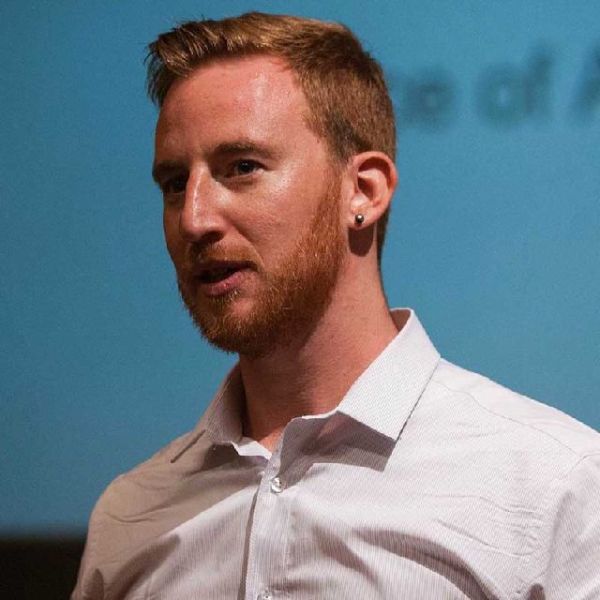I'm the face of gentrification in San Francisco's historic Mission neighborhood. I'm a white, 29-year-old startup employee who recently moved into a beautiful and pricey Victorian on Liberty Hill. You may understand when I say that I'm more "Valencia Street" than "Mission Street." Indeed, those two parallel avenues are perfect analogs for the widening gulf between what the Mission was and what it's become.
Growing up in the suburbs, Mission Street beckoned me with cheap food, colorful stores and accessibility from BART and Caltrain. At that time, right around the first dot-com bubble, Valencia Street mostly consisted of small businesses serving the neighborhood residents, without much to offer casual visitors like me. But anyone who's been to the neighborhood recently has seen Valencia explode into the city's greatest concentration of high-end dining and shopping.
Ironically, the neighborhood's gritty charms, its famously sunny weather, and proximity to the freeways going south are what doomed the Mission to become hip, crowded, and, yes - expensive. Suffice it to say that the investors behind all this development weren't counting on the Mission's long-time residents to patronize their boutiques. They were counting on me, an apologetic but willing accomplice, with disposable income and hipster sensibilities.
Maybe I'm no worse than any of the privileged yuppies who came before me. After all, I missed the vanguard of Mission gentrification by at least 10 years. But why do I still feel like a colonizer?
Well, some would say that the housing crisis is worse now than it was a decade ago; but I believe the problem is more complicated than just housing. The fundamental problem is the emotional distance between many newcomers like me and the neighborhood's long-time residents. Like the space between Mission and Valencia streets: so close together, yet so far apart.
